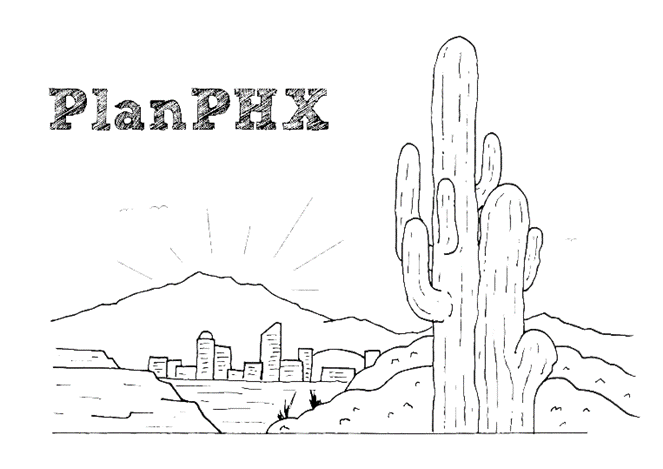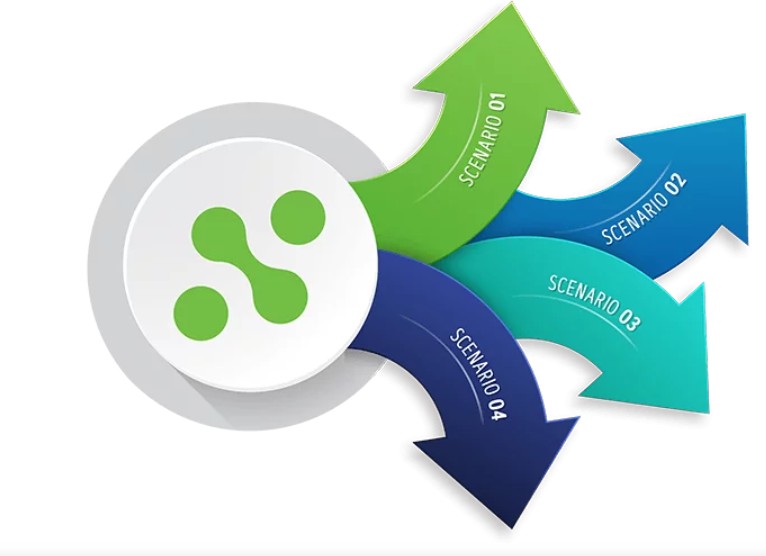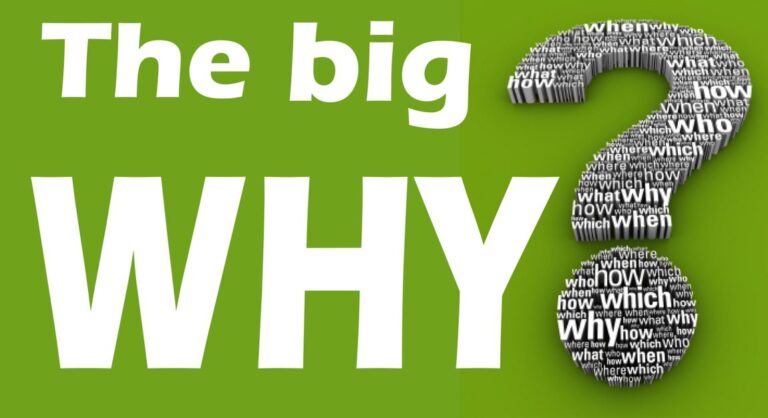Strategic planning for the public sector needs a vital strategic planning process
My three-step framework is just as relevant for government organizations, such as municipalities, counties, state and federal organizations, as it is for corporate/for-profit and nonprofit organizations.
However, the public sector requires a public process. Any authentic, thorough public process requires extreme diligence for ensuring a diversity of voices and constituents associated with any particular government organization are included and reflect the final outcome of decisions.
In other words, a thorough public process with citizen input will not likely happen in one meeting, or over a weekend, if the process is inclusive and includes a diversity of opinions, voices, and participants.
Citizen engagement in strategic planning requires an open, authentic public process. This requires a structured, longer, and deliberate process to invite participation, listen, and reflected public input.
For the city of Phoenix, for example, I was involved in a community leadership committee tapped to provide guidance for a citywide planning process impacting transportation and land use, arts and culture, housing, neighborhoods, public facilities, natural resources, and energy. In Arizona, every city is required by state law to develop a ten-year general plan or update an existing plan, and the plan must be approved by a majority of voters by public vote.
A general plan provides the vision and policies that determine how a city will grow and develop.
I helped lead a volunteer community leadership committee that worked closely with city staff and hosted “Plan PHX” public meetings and visioning workshops.
What did we learn?
- The face-to-face programs spanned nearly three years, starting with a massive series of public workshops focused on community visioning. The city advertised public meetings that were held in community facilities in every city district. Some of the sessions included bilingual facilitators to ensure broad-based input and inclusion.
- For the first round of meetings, we asked participants one question: What’s your big idea for Phoenix? All ideas were welcome—big and small. Thousands of residents contributed ideas through the city’s website and by traditional mail delivery.
- Then, something magic—something vital—happened when all of the ideas were categorized, and five major themes emerged. The themes were: connect people and places, building the sustainable city, strengthen our local economy, celebrate our diverse communities and neighborhoods, and create an even more vibrant downtown.
- Each major theme featured guiding principles, similar to a strategic goal-setting process. With input from residents, the guiding principles provided specific direction to guide the city’s future decade of development.
- A one-year writing and sharing process was put into place, after which Phoenix residents approved the updated general plan with more than 76 percent of voter support. The final written plan is posted on the city’s website. Today, the city’s planning staff regularly meets with residents in each city council district, discussing new initiatives and opportunities as well as tracking progress regarding the city’s five core values or themes.
Some early results?
One of the city’s five core values focused on connective transportation: “Connect People and Places.” This theme put emphasis on transit-oriented development initiatives and access to a well-functioning light rail system, bike paths along the light rail, and walking paths on the city’s water canals and in parks.
- Soon after the plan was approved, the city secured a multimillion-dollar grant from the federal government to add pedestrian infrastructure and lighting to several stretches of the Grand Canal in central Phoenix.
The theme “Celebrate Our Diverse Communities and Neighborhoods” focuses on enhancing existing established neighborhoods while combating urban sprawl.
- In response to the plan’s goal of developing more affordable housing and activating underused property within the city’s light rail corridor, the city secured a $30 million grant from US Department of Housing and Urban Development to transform a local neighborhood community, Edison-Eastlake, into a vibrant mixed-income neighborhood.
- Within five years, more than twenty-five residential and mixed-use projects were approved, resulting in thousands of additional housing units in downtown.




